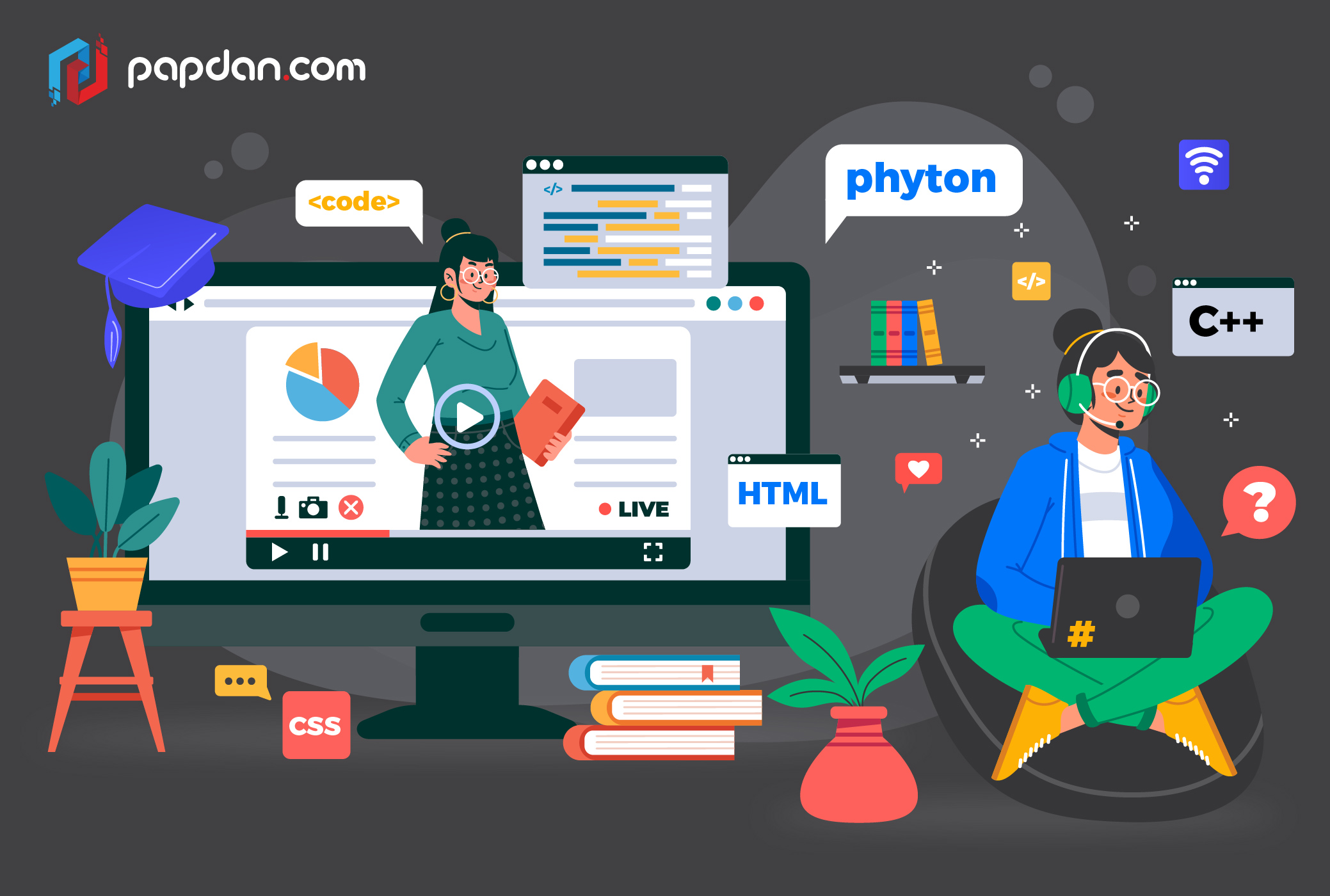The IT industry (web development and design) is evolving at a breakneck rate. Today’s hottest technology and programming languages will be outdated tomorrow. Trends come and go, and the market is continually changing. So, how do you choose the next programming language to learn?
We’ll give you a few pointers on how to choose a programming language to learn in this post. There aren’t hard and fast rules, but rather suggestions that you can use to fit your needs.
Know your goals
The most important thing you should do before anything else is to find out what your priorities are. Consider that you want to master a new programming language and what you hope to accomplish. The first thing you should ask yourself is whether you want to broaden your abilities horizontally or vertically.
If you want to break into a new field, you must extend your experience horizontally. When you are a front-end developer and want to become a full-stack developer, this is a common example. Or if you already know one back-end language, such as Java, and want to learn another, such as Python. In this scenario, you’ll need to build a learning route that begins from the beginning.
However, if you want to get specific knowledge in an area you are already familiar with, you need to think vertically. This will happen, for example, if you’re a Python programmer who wants to practice machine learning. You don’t have to begin from the beginning in this situation. Most of the times, you don’t really need to learn a new programming language; instead, you’ll need to learn new methodologies, systems, databases, or other resources that are built on your existing skills.
Know your current skill level
Once you’ve set your targets, the next step is to work out how to reach them. Since there are so many programming languages and innovations, it’s normal to find yourself on numerous pathways to the same learning target.
For example, if you want to be a full-stack developer, you can use PHP, Java, Python, or NodeJS as your back-end languages. It is, however, easier to learn another C-based language if you already know one. If you’re already familiar with front-end JavaScript, you’ll be able to pick up NodeJS even quicker than you will with a brand new language like Python or Java.
Having a list of all the languages, systems, resources, and technology you’re familiar with is the easiest way to get a realistic view of your current experience. Your skills list will also act as a foundation for your resume if you try to learn a new programming language in order to pursue work.
You will go on to the next step: doing comprehensive market analysis, if you know what your priorities are and what expertise you already have.
Research the market
Knowing your priorities and current strengths is one thing, but what about the market? It’s likely that you’ve set the right targets and selected a language that suits your skill set, but there’s no particular demand for it. Other than achieving you own goals, you also need to know what is demanded by the market at the moment.


